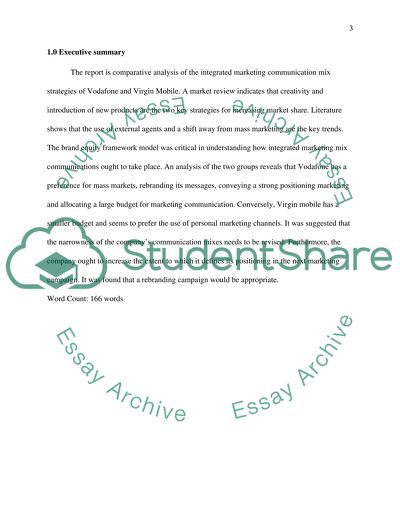Cite this document
(“Comparative analysis of integrated marketing communications mix Essay - 6”, n.d.)
Retrieved from https://studentshare.org/marketing/1496006-ypcomparative-analysis-of-integrated-marketing
Retrieved from https://studentshare.org/marketing/1496006-ypcomparative-analysis-of-integrated-marketing
(Comparative Analysis of Integrated Marketing Communications Mix Essay - 6)
https://studentshare.org/marketing/1496006-ypcomparative-analysis-of-integrated-marketing.
https://studentshare.org/marketing/1496006-ypcomparative-analysis-of-integrated-marketing.
“Comparative Analysis of Integrated Marketing Communications Mix Essay - 6”, n.d. https://studentshare.org/marketing/1496006-ypcomparative-analysis-of-integrated-marketing.


